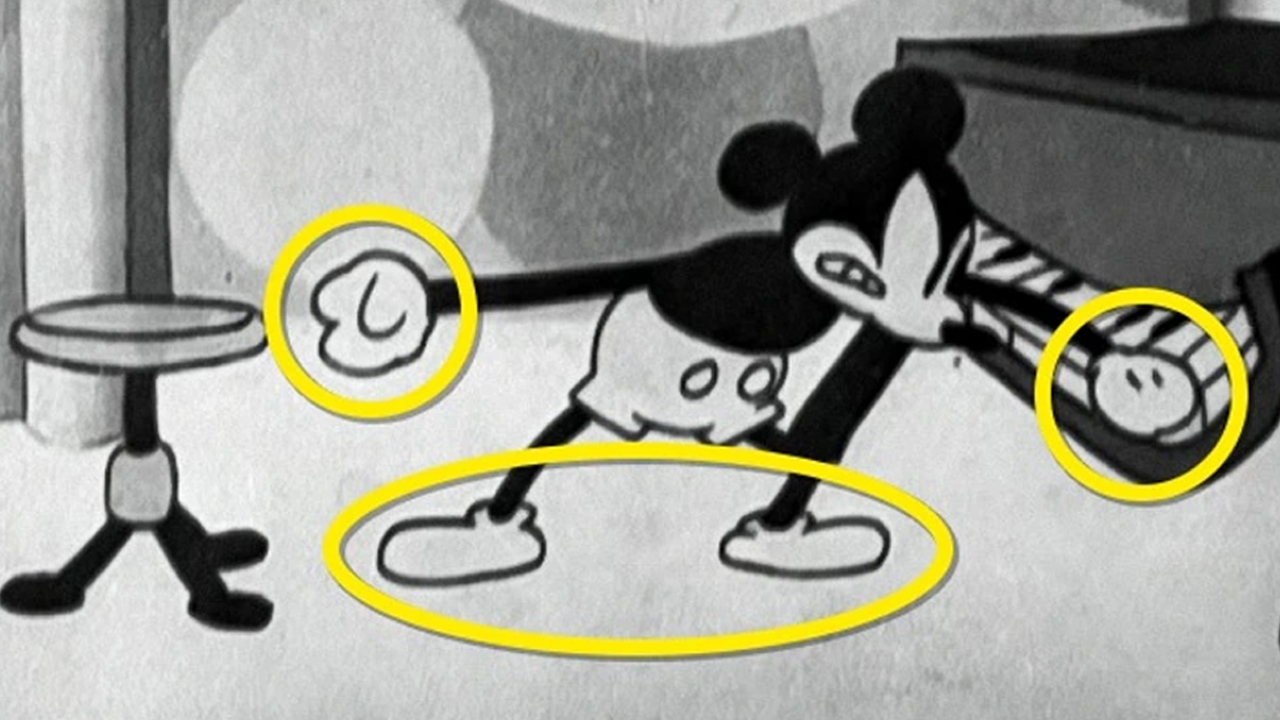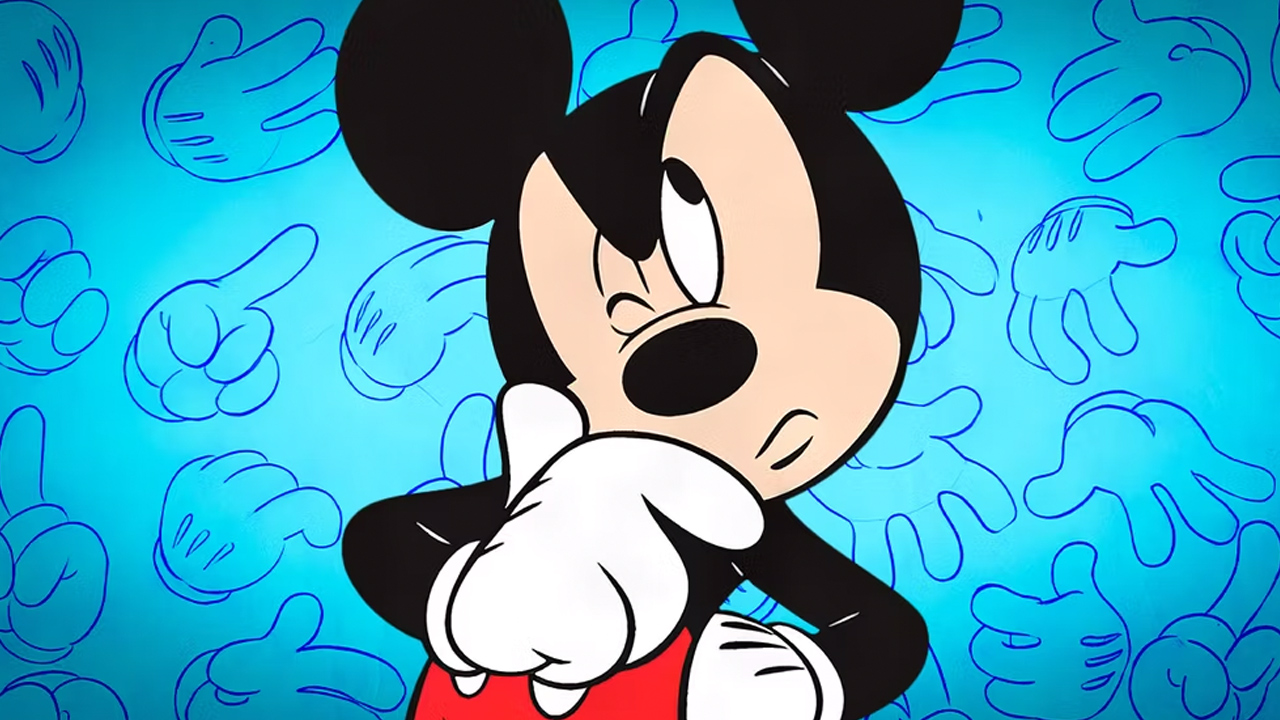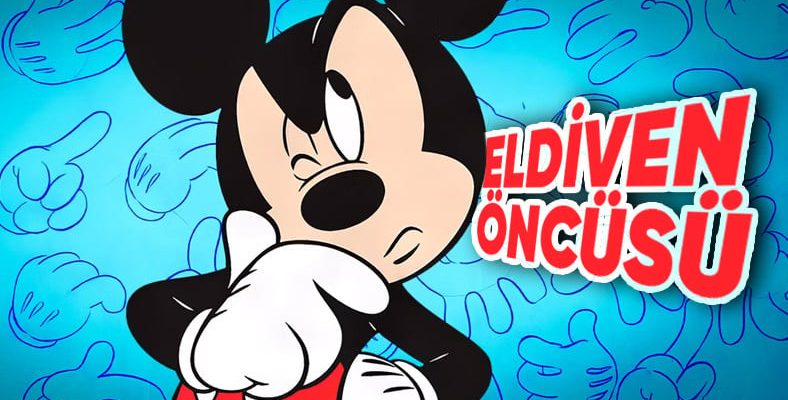Remember your childhood… While sitting in front of the TV and watching cartoons, the following question has crossed our minds: Why do cartoon characters always have white gloves on their hands? The answer to this question dates back to the 1920s. Once you find out, you will agree with the animators.
Mickey Mouse, Bugs Bunney, Woody the Woodpecker and more gloved cartoon characters. Even though they are all different, their purpose for wearing gloves is the same.
We can say that the white glove worn on Mickey Mouse in 1929 was a pioneer of this work because at that time, characters without gloves were worn. It made the animators’ job even more difficult. Why? Then let’s take you to our content.
Practicality lies at the root of this interesting fashion choice.
first cartoons, It was produced in black and white in the 1920s. During this period, animators were looking for various ways to make the characters’ hands look more prominent and expressive.
In the black-and-white film format, characters’ hands could be difficult to distinguish from the rest of their bodies. White gloves, characters highlighting your hands and it was the perfect solution to draw the audience’s attention to the movements of the hands. Gloves make the movements of the hands clearer and to make it understandable It was equipped with a contrasting element.
It also provided ease of animation.

During the animation production process, detailing characters’ hands could be time-consuming and costly. The use of gloves allowed the animators to simply draw the gloves, without bothering with the details of the hands. This makes the animation process difficult, especially when characters constantly interact with different objects. greatly simplified.
Not only practicality but also aesthetic purposes were pursued.
In the world of cartoons, every detail has great meaning and gloves are one of these elements. The gloves add to the overall design of the characters. It added variety and depth. Especially in cartoon scenes dominated by vibrant colors, white or light-colored gloves are eye-catching visual elements.
Also, imagine Bugs Bunny appearing with rabbit hands. It would be completely devoid of aesthetic appearance. We prefer him to eat his carrots with gloves.
The humanization factor was used with the gloves.

Walt Disney specifically referred to Mickey Mouse as wearing gloves. makes you look more human-like also states. For a small figure, 5 fingers would be too many and the mouse hand would not be humanoid at all. So, they took one of his fingers, put a glove on it and transformed the character into something else.
Gloves also help characters be easily identified.
Many iconic cartoon characters appear in certain genres identified with gloves in case. This makes characters quickly and easily identifiable. Especially for children, this has almost become an icon.
Of course, it would not be in the interest of cartoon companies to change the characters known for their gloves, after all, there would be no conflict between the audience and the character. There is communication with gloves.
Even in modern cartoons, we continue to see gloves on many characters. This continues as a reference to the timeless style of animation. Already now they If we see you without gloves wouldn’t it be weird?
For other details you don’t know about cartoons, we can take you to our related content:
RELATED NEWS
Information You Will Hear for the First Time About ‘Scooby Doo’, the Cartoon That Causes Us to Wake Up Early in the Morning and Watch the Television
RELATED NEWS
The Most Disturbing Cartoon Theories That Will Traumatize Your Childhood Memories When You Read (We Feel Sad About Garfield the Most)
RELATED NEWS
The Unenlightened Mystery of the Smurfs World: Theories About Smurfette Being the Only Representative of Women in Cartoons
RELATED NEWS
Real Names of Cartoon Characters We Know With Their Turkish Names That You Probably Don’t Know
RELATED NEWS
